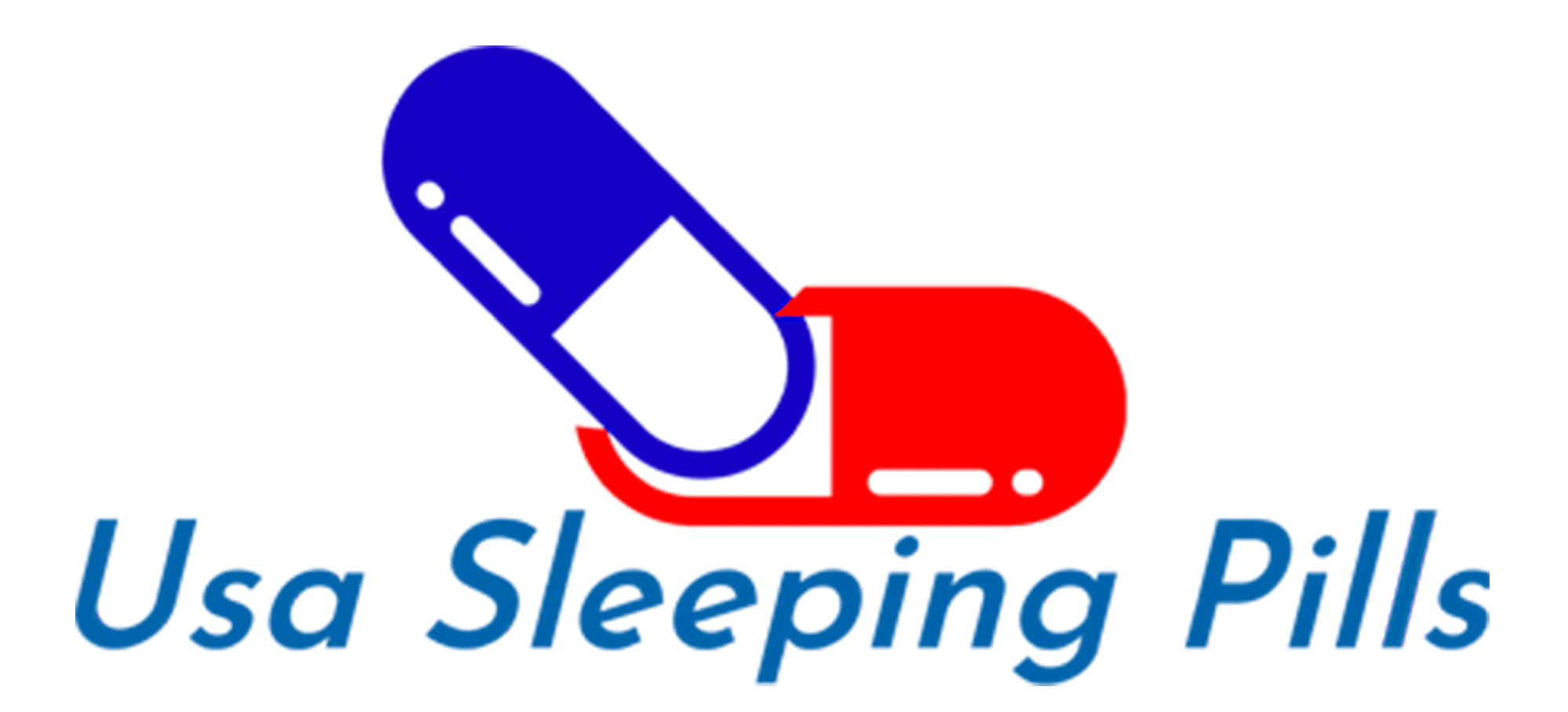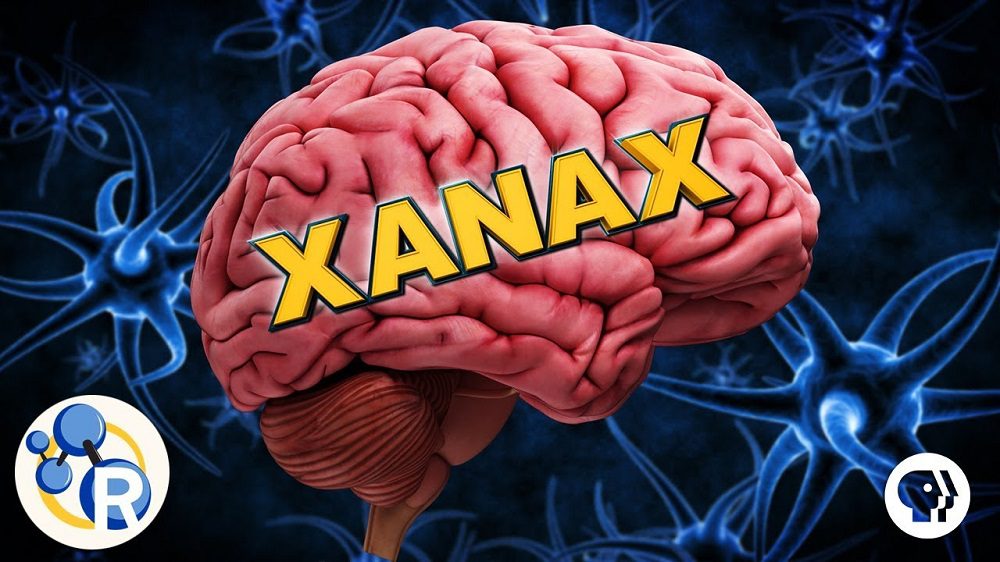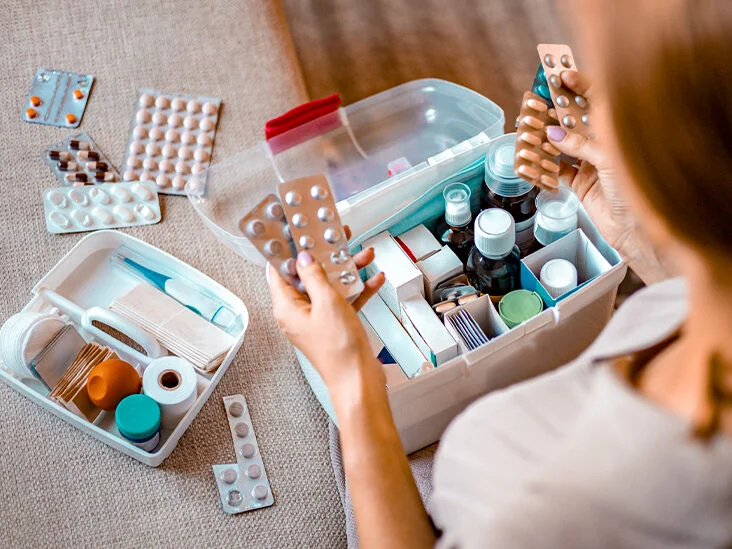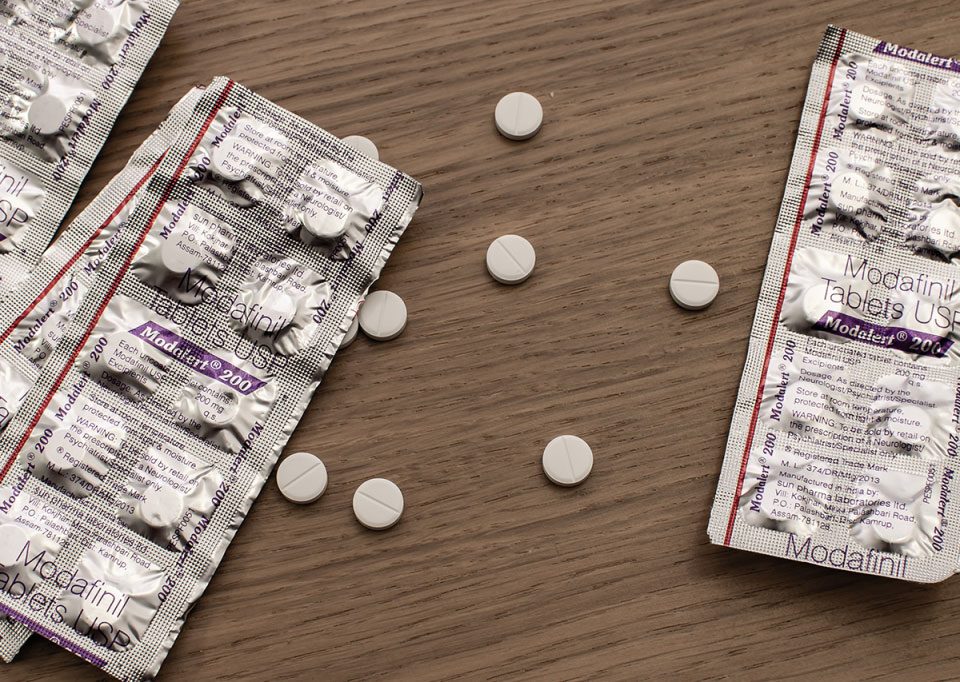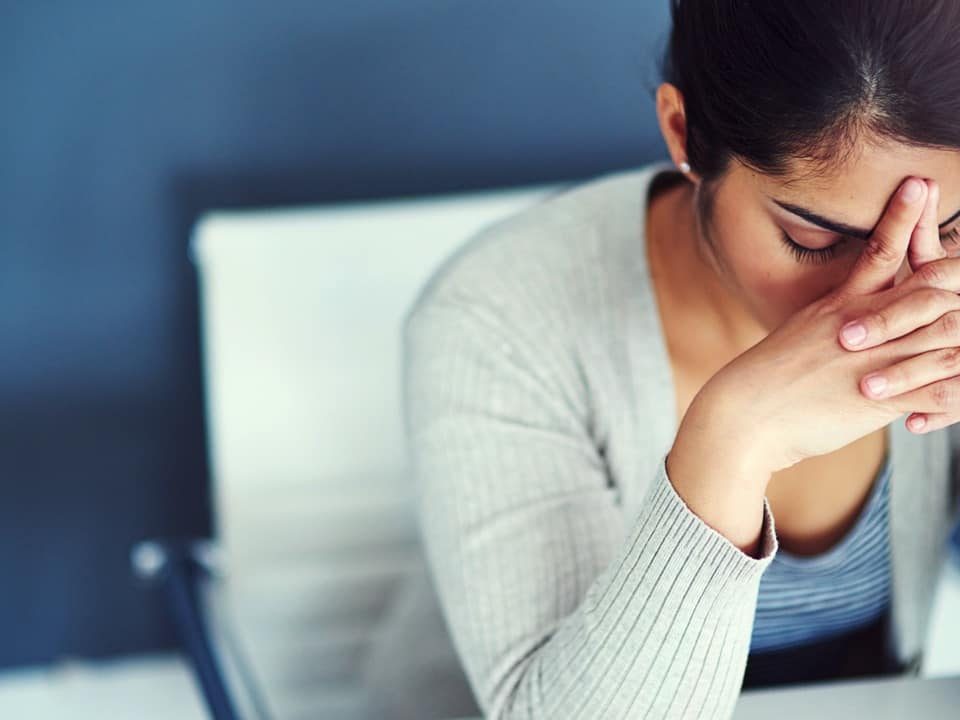How Does Xanax Work?
What is Anti-Anxiety Medication?
February 19, 2021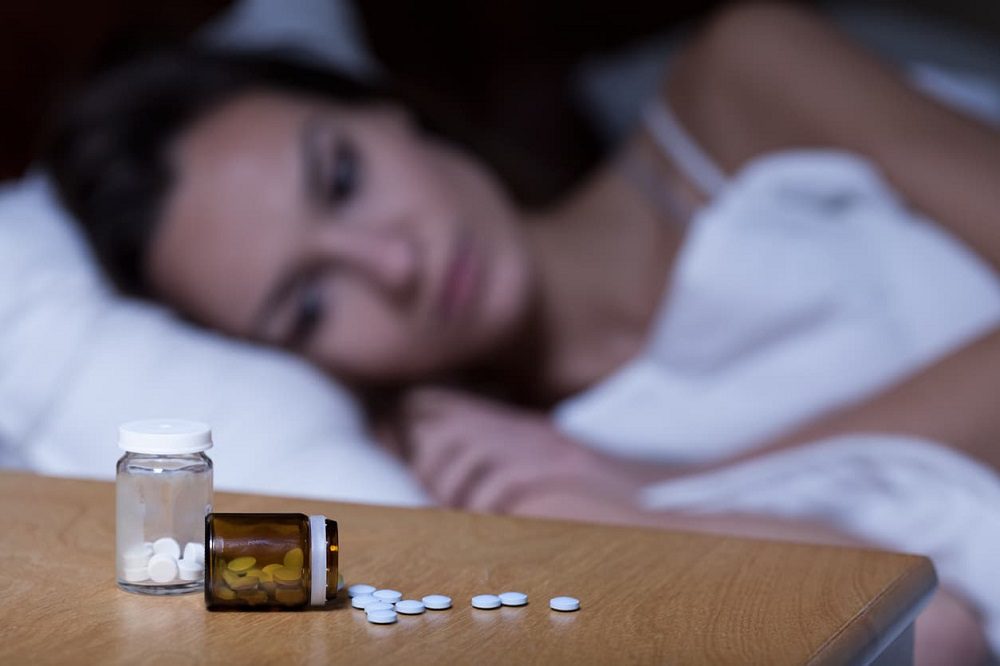
Benefits of Sleeping Pills
February 19, 2021The main ingredient in this benzodiazepine medication is alprazolam, which is primarily used as an anxiety medication. Anxiety is a condition that is said to be caused by a chemical imbalance, or imbalance of neurotransmitters, within the brain. One chemical in particular is called GABA (gamma-aminobutyric acid) which has a calming effect on the central nervous system.
GABA is helpful for people who have difficulties with anxiety disorders that keep them feeling overly anxious on a daily basis. When there is an insufficient amount of GABA in the brain, a patient will usually feel nervous, tense or anxious, often for no apparent reason. This medication boosts GABA levels which slows down the central nervous system and alleviates heightened levels of anxiety.
How Long Does Xanax Take to Work?
This medication is taken by mouth and the active ingredient is rapidly absorbed into the bloodstream. After administration, the time to onset of effects is typically about 30 to 60 minutes. However, some patients may feel the effects within as little as 5 to 10 minutes, which is why this medication is highly effective at treating panic attacks. It takes approximately 1-2 hours for it to reach its peak concentrations in the body.
On average, the bioavailability of this medication is 80% to 100%. The bioavailability of a medication refers to how easily it is absorbed into the body and how fast it enters the circulatory system and reaches its intended destination. Taking this medication with food, however, can affect the bioavailability and delay the onset of effects.
A clinical study took place to investigate the effect that a standard meal would have on the bioavailability of alprazolam among healthy volunteers. Altogether, 16 participants between the ages of 20 to 50 years were involved in the research. Patients received a single 1 mg dose to take while they were fasting and again, 7 days later, after a high-fat breakfast.
The researchers used various evaluation techniques to determine results and found that the absorption rate was slower after taking the medication with food. The following additional outcomes were determined in the study:
- The average maximum plasma concentration levels reduced by approximately 25% after taking the medication on a full stomach. (Plasma concentration refers to the highest concentration of the medication in the bloodstream).
- The study found that the time to maximum concentration of the medication was delayed by about 1.5 hours after taking the medication with food.
Although this medication may have a quicker onset of effect when taken without food, it is advisable to take it with a meal or a snack if you experience nausea. Grapefruit and grapefruit juice should also be avoided as it can increase concentrations of this medication in the bloodstream, which can lead to unwanted side effects.
Can I Take Two Xanax Tablets?
Xanax is available in four strengths, namely 0.25 mg, 0.5 mg, 1 mg and 2 mg. The recommended dose varies from one person to another and it depends on several factors such as the condition being treated as well as the following:
- Your age
- Your weight
- Pre-existing health conditions
- How your body metabolises the medication
- Your potential use of other medications
Although the usual dose for panic disorder may be higher, the maximum recommended daily dose for anxiety is 4 mg. However, most patients with acute anxiety or anxiety disorders like generalised anxiety disorder take between 0.75 mg and 1.5 mg per day.
This dose should be taken in divided doses so, for example, a patient can take two Xanax 0.25 mg tablets, three times a day. This will give a total dose of 1.5 mg per day so in this case, it is safe to take two tablets at the same time. However, it is not recommended that any patient take two 2 mg tablets at once as this can significantly increase the risk of adverse effects as well as tolerance and dependence.
Taking too much of this mediation can cause mild to severe symptoms including confusion, poor coordination, rapid heartbeat and slurred speech. A certain treatment called flumazenil does exist to reverse the effects of Xanax and it needs to be administered in a hospital.

Never Mix Xanax and Alcohol
Consuming alcohol with this medication will exacerbate the adverse effects of both substances. Both this benzodiazepine medication and alcohol are eliminated from the system by the same liver enzymes. As a result, it takes longer for the body to entirely remove the two substances if they are taken at the same time.
Healthcare experts often stress that Xanax potentiates the effects of alcohol and vice versa. Consequently, the risk of unsafe adverse reactions like breathing difficulties, cardiac issues and loss of consciousness increases considerably when this medication is taken with alcohol. Chronic use of alcohol and this benzodiazepine medication together can also lead to psychological side effects like memory problems, depression and insomnia.
On a positive note, when it is taken at therapeutic doses and without alcohol, it is virtually always safe and provides effective relief from anxiety. It is important to avoid taking alcohol with this benzodiazepine because they both increase GABA. When too much GABA is produced in the brain, over-sedation tends to occur and this can lead to dangerous consequences like respiratory depression.
Is Xanax Safe During Pregnancy?
Xanax may cause harm to an unborn baby so this anti-anxiety medication should be avoided during pregnancy. It is especially important to note that this medication can cause harm during the first and third trimesters of pregnancy. In addition, treatment should be avoided during or before labour.
Using this medication during months 4 to 9 (second and third trimesters) of pregnancy may cause withdrawal symptoms in newborns. Also, other issues including breathing problems among infants, difficulty associated with eating on their own and dehydration may result from using this medication during pregnancy. These symptoms may be present for many days, however, it is not entirely known what long-term symptoms are possible.
If this medication is taken late in pregnancy, it may cause the baby to have weak muscles or low body temperature. It may also pass into breast milk and for this reason, treatment should be avoided by mothers who are nursing an infant.
